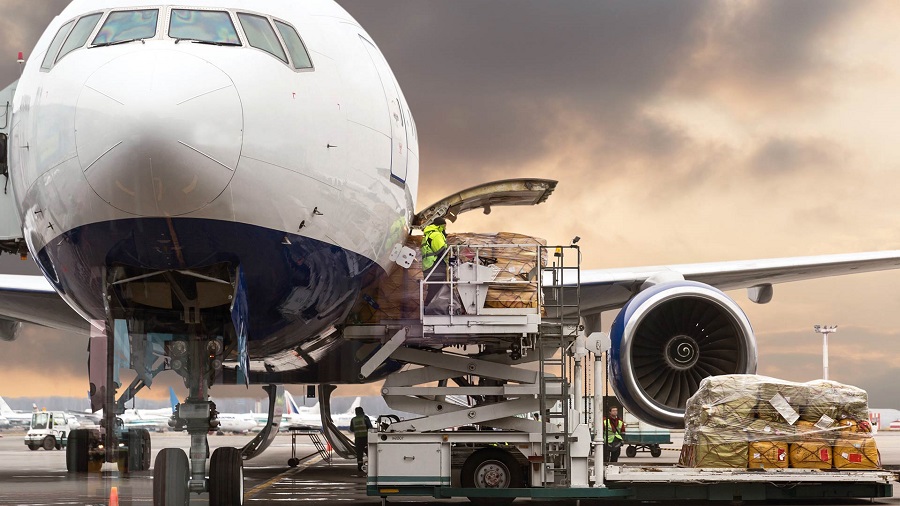
In July 2024, African airlines expanded their air cargo capacity—the available space on planes for transporting goods—by 10.5% year-on-year, even as they faced slower demand growth compared to other regions. Overall, demand for air cargo increased by 6.
2% year-on-year, marking the lowest growth rate recorded by any region this year. However, the Africa-Asia market stood out with a 15.4% surge in demand compared to July 2023, reflecting robust trade activity between the two regions.

These findings are based on the International Air Transport Association’s (IATA) July 2024 air cargo analysis report. Related Stories Africa-Asia air cargo routes lead annual growth with 37.5% increase in June 2024 African airlines record 18.
2% annual international cargo growth in May 2024, highest globally “African airlines saw 6.2% year-on-year demand growth for air cargo in July – the lowest of all regions and their lowest recorded figure in 2024. Demand on the Africa–Asia market increased by 15.
4% compared to July 2023. July capacity increased by 10.5% year-on-year,” the report read in part.
The IATA report also provided a detailed overview of the air cargo market’s performance across different regions in July 2024, reflecting a range of outcomes. Asia-Pacific airlines saw the strongest growth, with a 17.6% year-on-year increase in demand, largely fuelled by a 19.
8% rise within the Asia trade lane. Other routes, such as Europe-Asia, Middle East-Asia, and Asia-Africa, experienced demand increases of 17.9%, 15.
9%, and 15.4% respectively, alongside an 11.3% growth in capacity.
In North America, air cargo demand grew by 8.7% year-on-year, though this was partly impacted by flight cancellations and airport closures due to Hurricane Beryl. The Asia-North America route, the largest in terms of volume, saw a 10.
8% increase, while North America-Europe demand rose by 5.3%. Capacity in this region expanded by 7.
0%. European airlines reported a 13.7% increase in demand, with a notable 32.
2% surge on the Middle East-Europe route. Demand on the Europe-Asia route grew by 17.9%, while within Europe, it rose by 15.
5%. Capacity for European carriers increased by 7.6%.
In the Middle East, airlines experienced a 14.7% growth in demand, with the Middle East-Europe route leading with a 32.2% increase, followed by Middle East-Asia at 15.
9%. Capacity in this region grew by 4.4%.
Latin American carriers saw an 11.1% rise in air cargo demand, with capacity increasing by 9.4%.
Similar to North America, their growth was affected by disruptions caused by Hurricane Beryl. The IATA data for July 2024 shows continued strong growth in the global air cargo market, with demand up 13.6% year-on-year and international operations rising by 14.
3%. This is the eighth straight month of double-digit growth, reaching levels not seen since the 2021 record highs. Air cargo capacity grew by 8.
3% year-on-year, with a 10.1% increase for international operations. The growth was driven mainly by a 12.
8% rise in belly cargo capacity (cargo space in passenger planes), supported by strong passenger markets. However, this increase in belly capacity was the lowest in 40 months, while freighter capacity (dedicated cargo planes) saw its highest growth since January 2024, rising by 6.9%.
Several factors influenced the air cargo market in July 2024. The global manufacturing sector showed slight expansion, with the Purchasing Managers Index (PMI) at 50.2, while new export orders remained in contraction at 49.
4. Industrial production remained stable compared to the previous month, and global cross-border trade increased by 0.7%.
Inflation rates were relatively stable in the US, Japan, and the EU, while China’s inflation rose to 0.6%, its highest level in five months..














